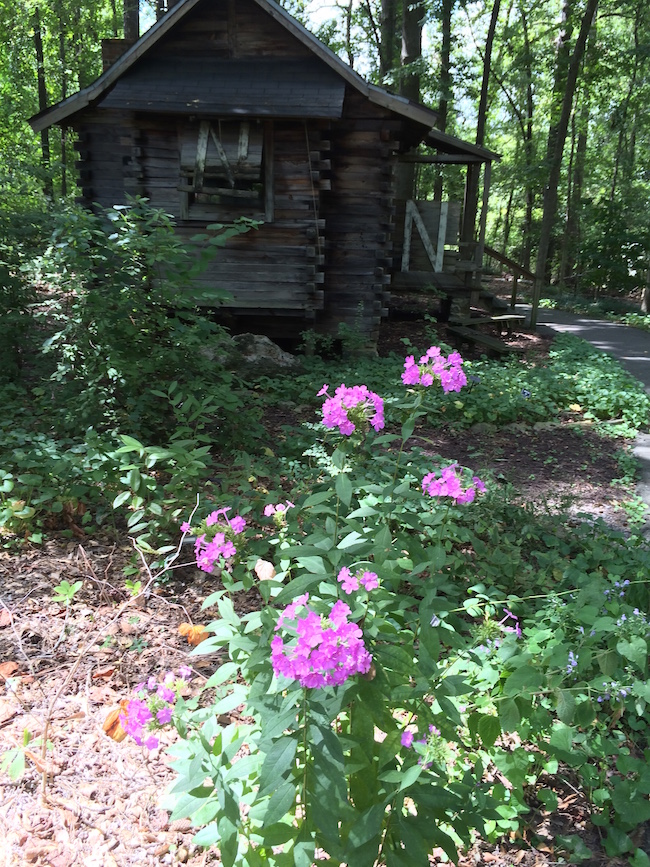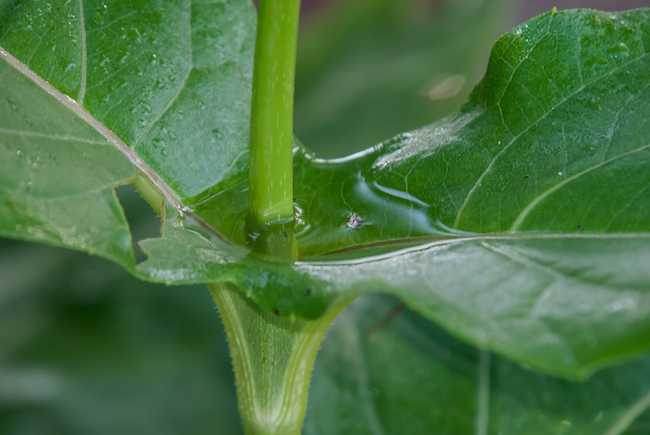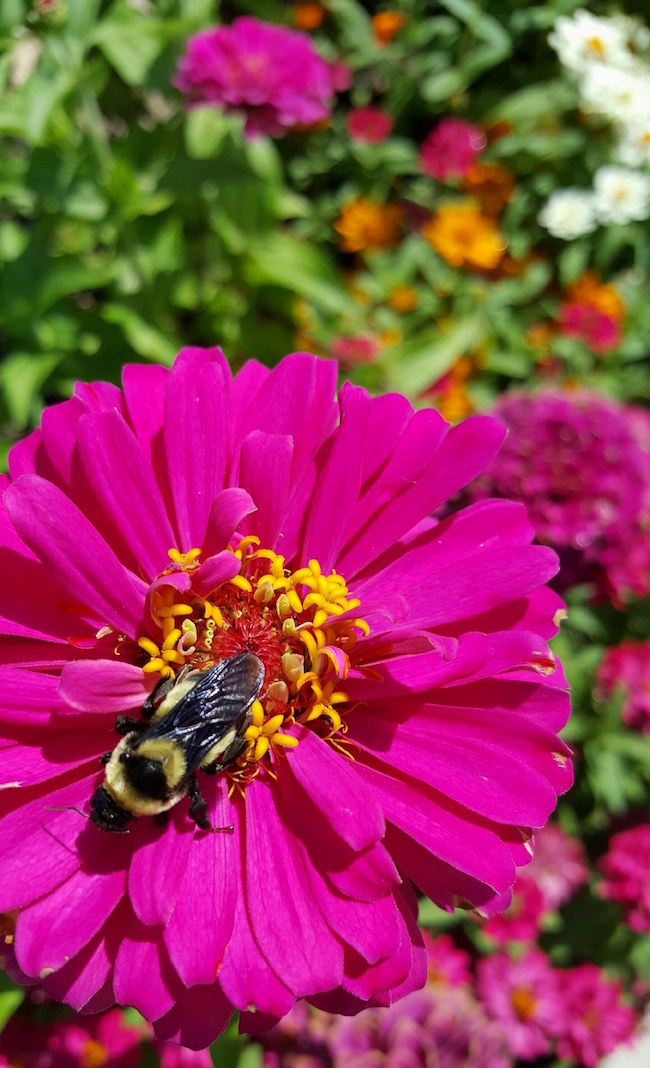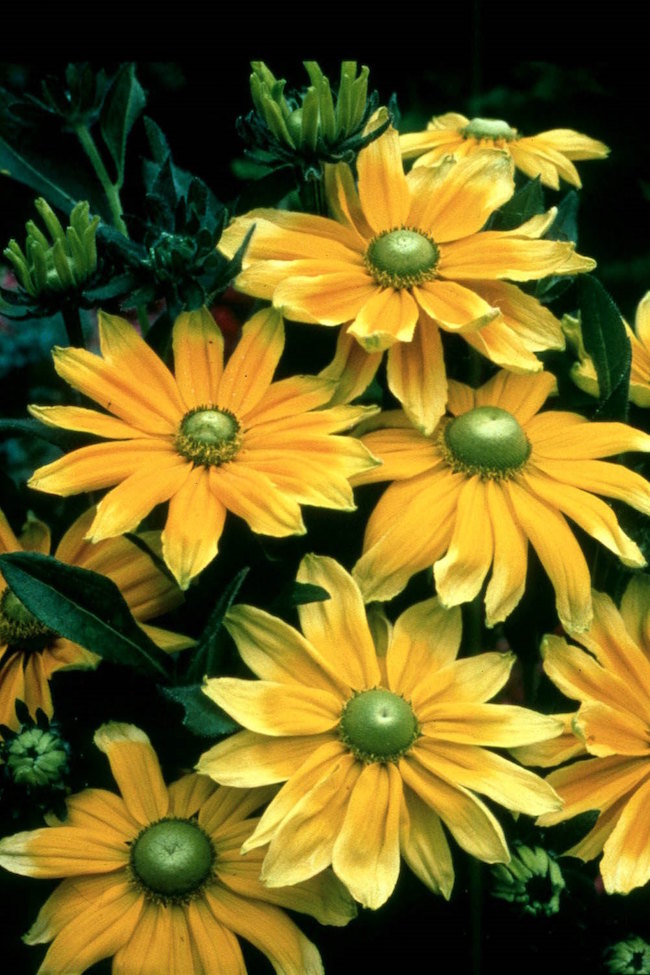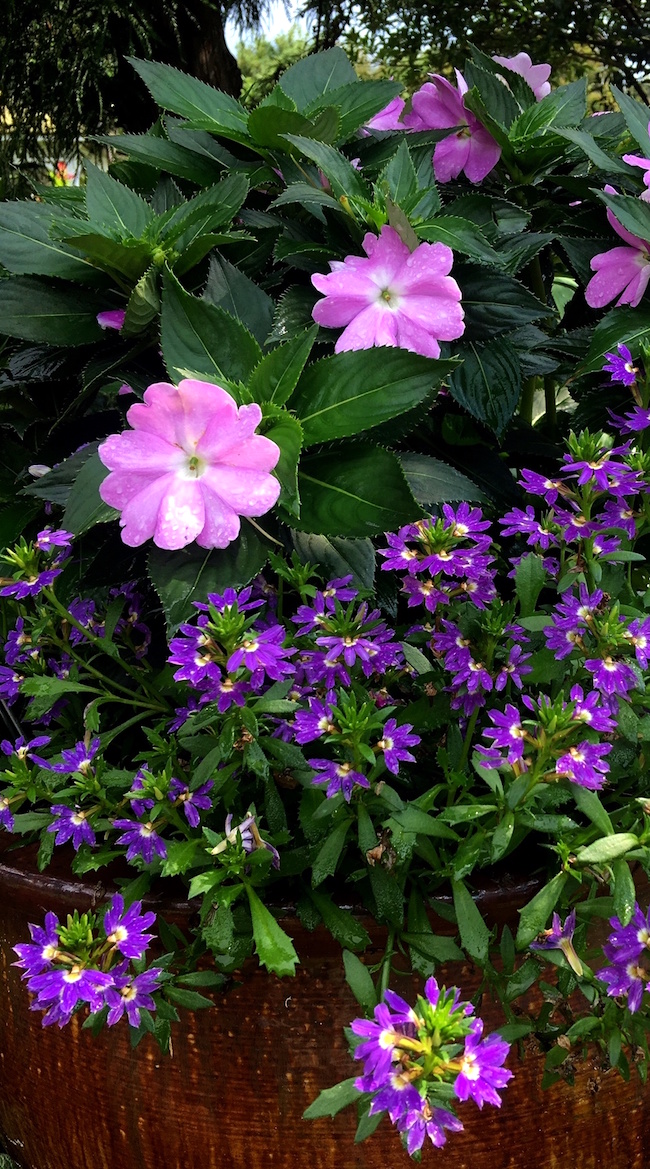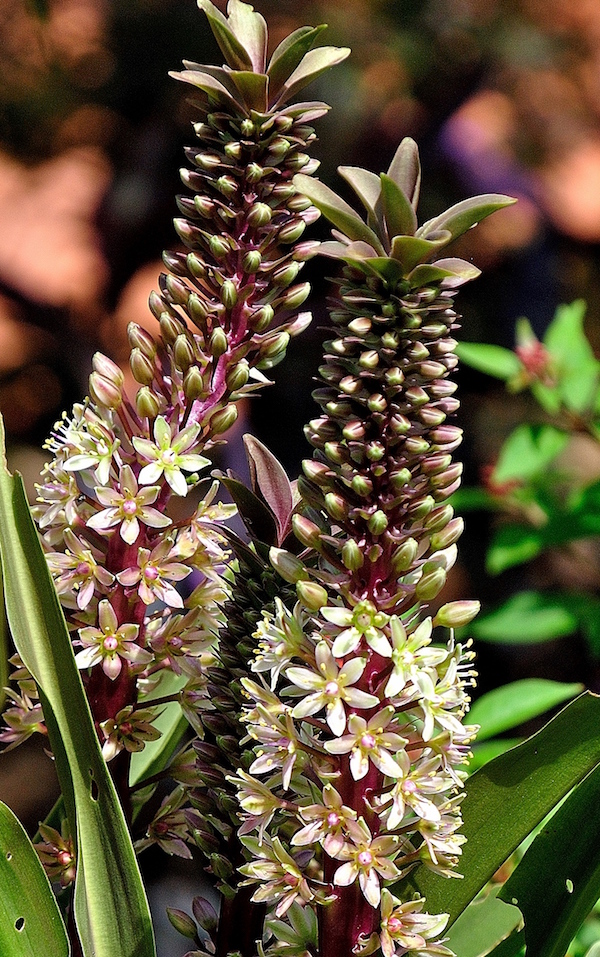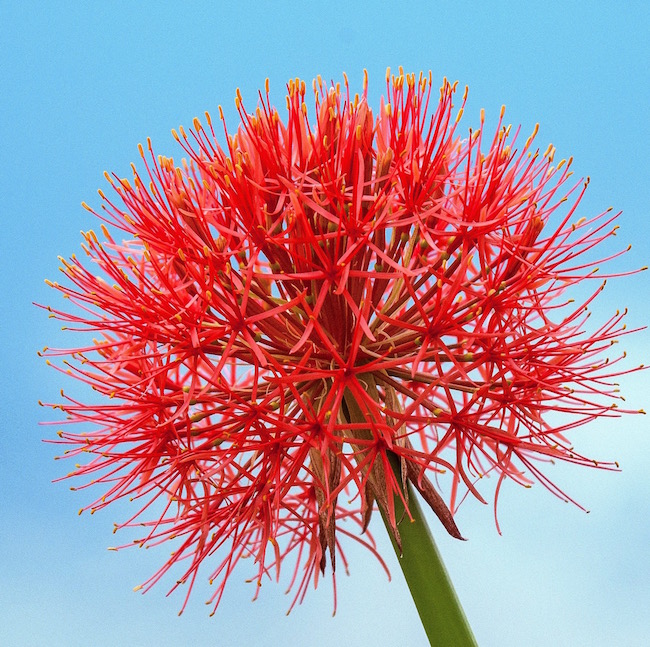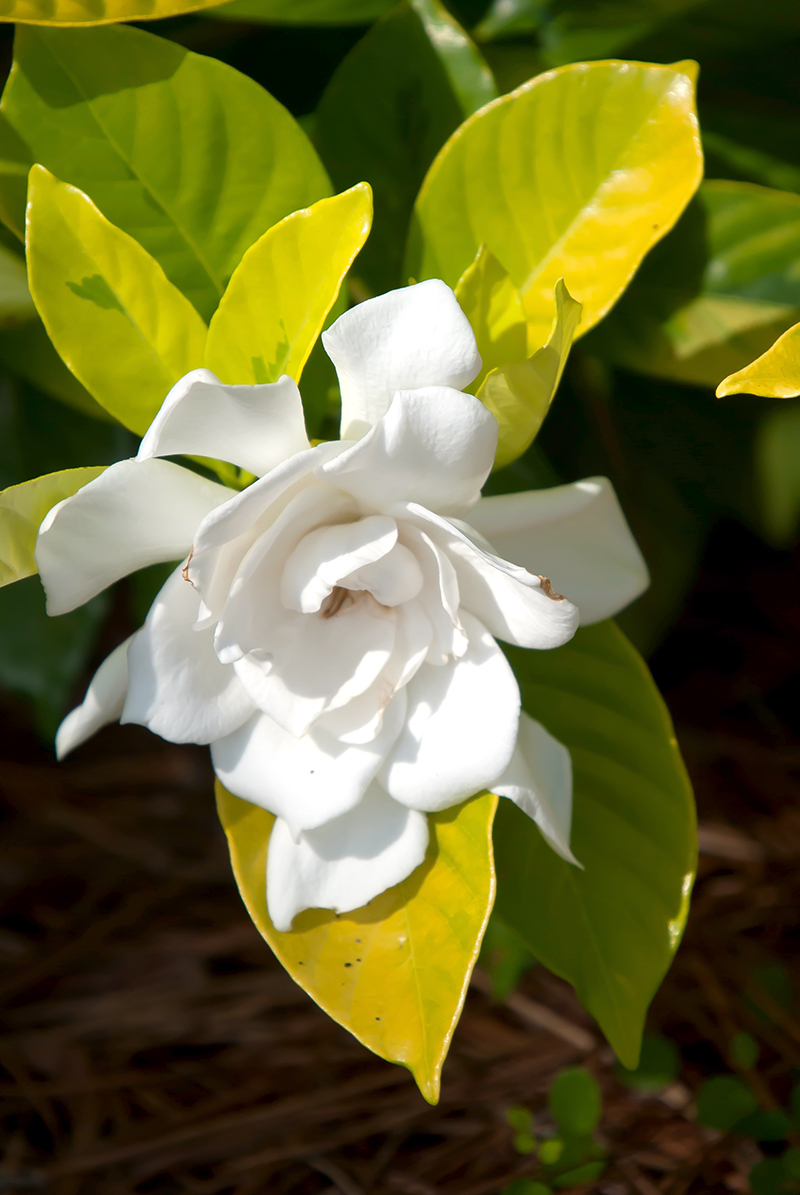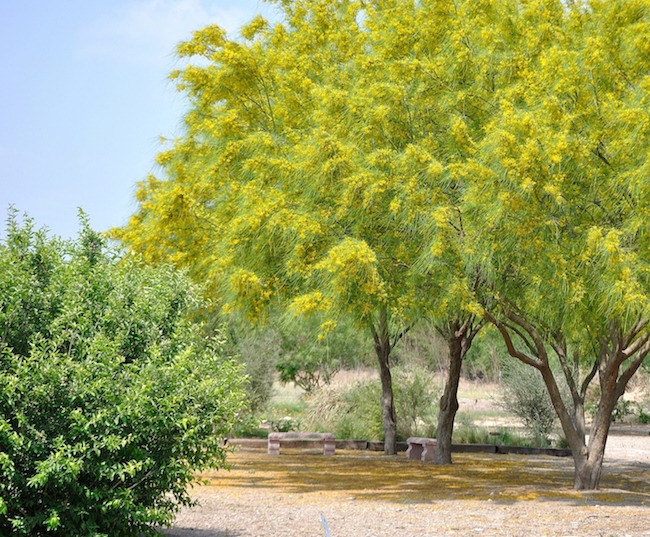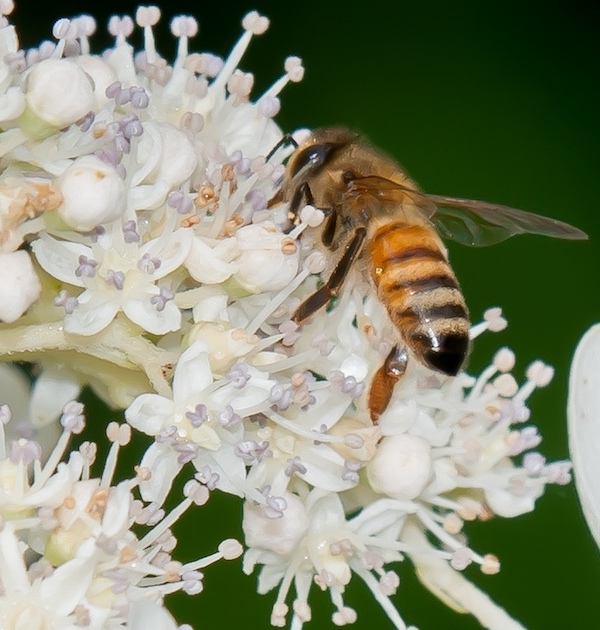 CAES News
CAES News
Panicle Hydrangeas
Everyone who visits the Coastal Georgia Botanical Garden at the Historic Bamboo Farm in Savannah loves the hydrangea paniculatas. Plant them against a backdrop of deep green garden foliage or combine them with cottage garden plants like rudbeckias. Bees, butterflies, wasps and giant flies will be drawn to ‘Chantilly Lace’ or ‘Pinky Winky.'

